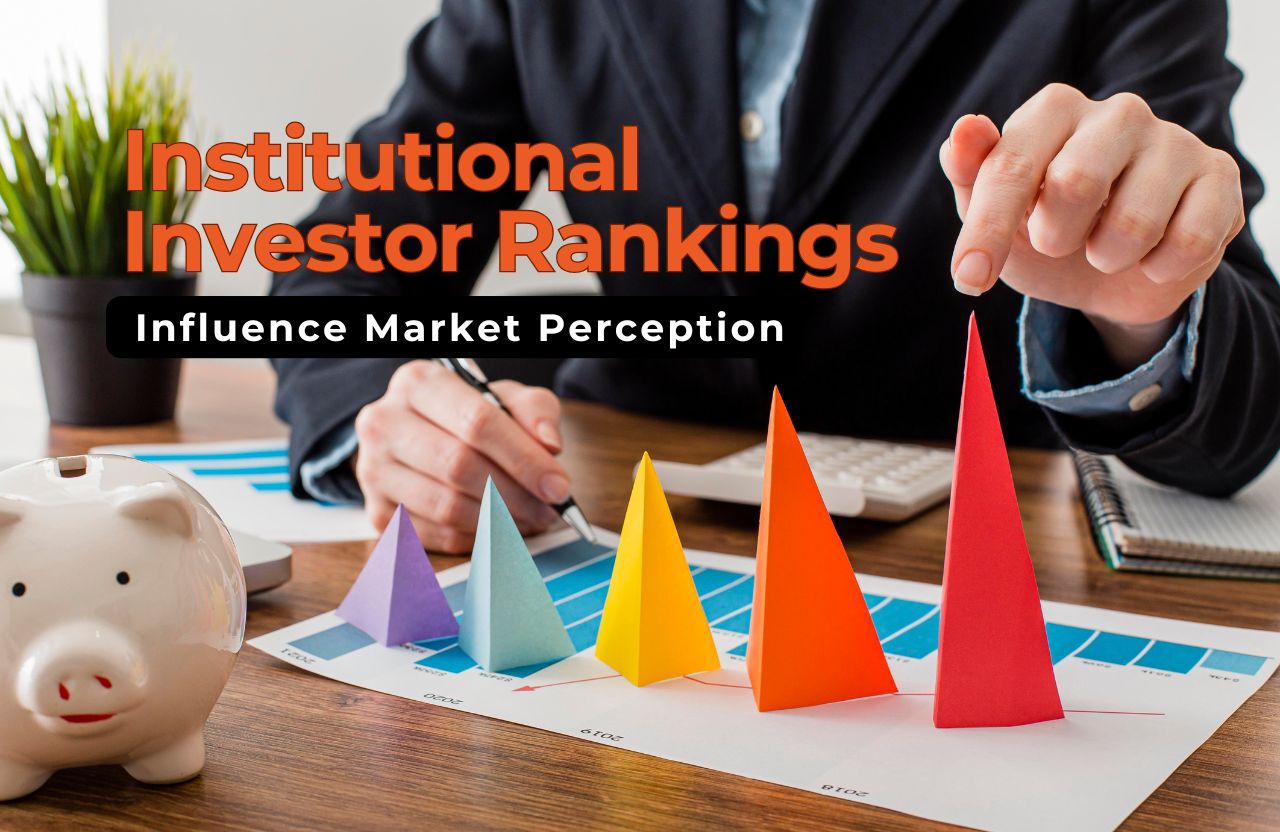Securing a business loan is a milestone that can either launch a venture to success or spiral it into financial distress. Entrepreneurs and business owners often find themselves navigating complex lending landscapes in pursuit of capital to fuel their ambitions. While some loan experiences are empowering and growth-focused, others reveal hidden pitfalls or end in frustration. In this blog, we’ll explore the good, the bad, and the ugly sides of business loan experiences to help you make informed decisions for your company’s financial future.
Part 1: The Good – When Business Loans Work Wonders
1. Fueling Expansion and Growth
Many businesses hit a point where growth requires more capital than their cash flow can handle. This is where business loans can act as a game-changer. For example, a successful coffee shop owner may need to open a second location due to increasing demand. A well-structured loan with reasonable terms can provide the upfront funds for rent, equipment, hiring staff, and marketing.
Case Study: A mid-sized tech startup secured a $250,000 working capital loan to expand its R&D department. Within a year, it launched a new software product that increased annual revenue by 40%.
2. Building Business Credit
Taking out and repaying a loan responsibly can help build your business credit score. This, in turn, increases your borrowing power for future financing needs. Just like with personal credit, lenders view good business credit as a sign of financial responsibility.
3. Tax Benefits
The interest you pay on a business loan is often tax-deductible. This can significantly reduce your taxable income, especially for small businesses with tight margins. While this shouldn’t be the sole reason to take out a loan, it’s a noteworthy benefit.
4. Flexible Loan Options
Today, businesses can choose from a variety of loan types: SBA loans, term loans, equipment financing, lines of credit, invoice factoring, and more. This diversity allows business owners to pick a loan structure that best aligns with their needs and repayment capacity.
Tip: Always match the loan type to your business needs. Don’t use short-term loans for long-term investments.
Part 2: The Bad – When Loans Don’t Go As Planned
1. Hidden Fees and Unfavorable Terms
Many business owners don’t read the fine print. Some lenders charge exorbitant origination fees, prepayment penalties, or compound interest rates that can catch borrowers off guard.
Example: A small boutique owner took out a $50,000 loan advertised with a 10% interest rate. However, with all the hidden fees, the actual annual percentage rate (APR) turned out to be nearly 25%.
2. Overestimating Revenue Projections
Sometimes, business owners take out a loan expecting increased revenue to cover repayments. If the expected growth doesn’t happen, loan repayments can become a burden.
Lesson Learned: Always base your repayment plans on conservative revenue projections.
3. Strained Cash Flow
Even a low-interest loan can negatively affect cash flow if the repayment terms are not aligned with your income cycle. Seasonal businesses, in particular, should be cautious.
Advice: Consider a lender who offers flexible repayment plans tied to revenue cycles.
4. Damaged Credit
Defaulting on a business loan can severely damage both your business and personal credit (especially if you’ve provided a personal guarantee). This can impact your ability to get funding in the future and may even result in legal action.
Part 3: The Ugly – When Loans Become Nightmares
1. Predatory Lending Practices
Some lenders specifically target desperate business owners with few options. These predatory loans often come with extremely high interest rates, short repayment periods, and harsh penalties for missed payments.
Real-Life Story: A restaurant owner, denied by traditional banks, turned to an alternative online lender offering “quick funding.” She ended up paying 60% APR, and within months, had to close down her business.
2. Merchant Cash Advances (MCAs)
While not technically loans, MCAs are often marketed as such. Businesses get quick access to funds but have to repay through a percentage of daily credit card sales. This can severely cripple daily cash flow.
Warning: MCAs can have effective APRs ranging from 80% to 350%.
3. Collateral Seizures
Some loans require collateral, such as business assets or personal property. Defaulting on these loans can lead to the seizure of valuable assets — sometimes even your home if a personal guarantee was involved.
4. Legal Battles and Bankruptcy
When a loan goes south, some businesses face lawsuits from lenders, especially those using aggressive collections practices. This can drag on for years and even lead to bankruptcy.
Case in Point: A construction company filed for bankruptcy after failing to repay a $500,000 loan. Legal battles with the lender drained its remaining assets and ruined its reputation.
How to Ensure a Positive Loan Experience
1. Understand Your Financial Needs
Don’t borrow more than you need. Analyze your cash flow, revenue projections, and operational costs to determine the appropriate loan amount.
2. Research and Compare Lenders
Not all lenders are equal. Compare interest rates, fees, repayment terms, and customer reviews. Don’t just go with the first offer.
3. Read the Fine Print
Make sure you understand the terms and conditions. If something is unclear, ask your lender or consult with a financial advisor.
4. Check Your Credit Score
Know your business and personal credit scores before applying. A higher score can get you better terms.
5. Have a Repayment Plan
Ensure that you can meet the monthly repayments without compromising operational needs. Use a loan calculator to simulate repayment scenarios.
6. Avoid MCAs Unless Absolutely Necessary
Merchant Cash Advances should be a last resort. If you must use one, make sure you fully understand the repayment terms and impact on cash flow.
Conclusion: Be Smart, Be Prepared
Business loans can be a powerful tool — or a dangerous trap. Understanding the nuances of borrowing, evaluating your financial standing, and choosing the right lender can make all the difference. By learning from the good, avoiding the bad, and steering clear of the ugly, you can turn a loan into a stepping stone for business success rather than a stumbling block.
Whether you’re a first-time borrower or a seasoned entrepreneur, your approach to business loans will shape your financial trajectory. So do your homework, plan strategically, and make borrowing a catalyst for growth — not a cause of regret.













